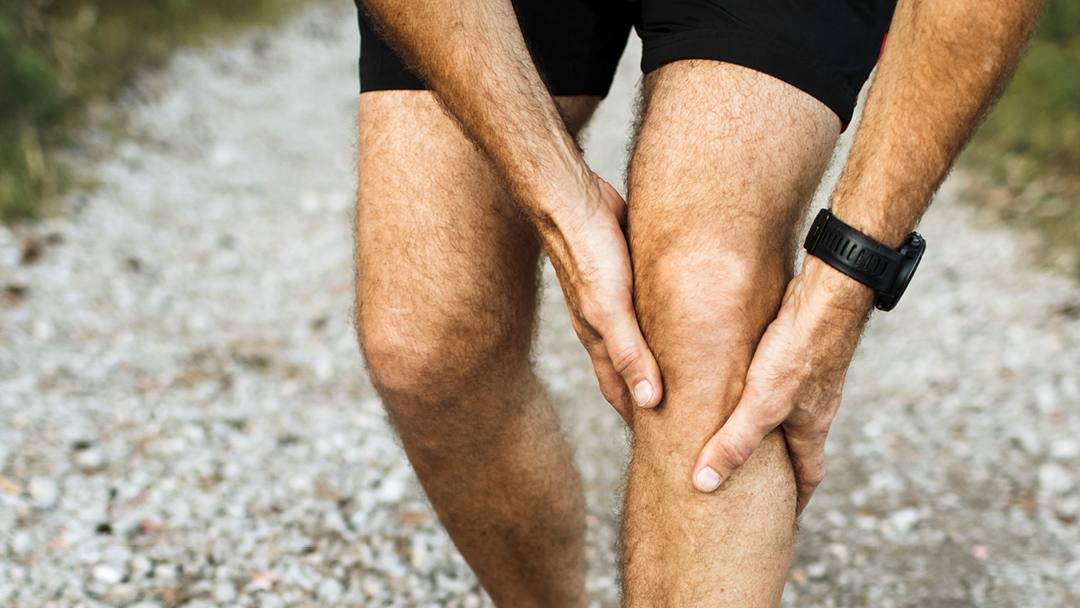Orthopedics/Sports

June 10, 2023
Growing up in the Netherlands, Daniel Saris, M.D., Ph.D., was exposed to the wonders of science at a young age. He listened to his father,[...]
August 12, 2013
August 7, 2013
August 4, 2013
July 24, 2013
July 10, 2013
June 27, 2013
June 25, 2013
June 14, 2013
June 12, 2013
May 28, 2013
Explore more topics
 Sign up
Sign up

Mayo Clinic Connect
An online patient support community
